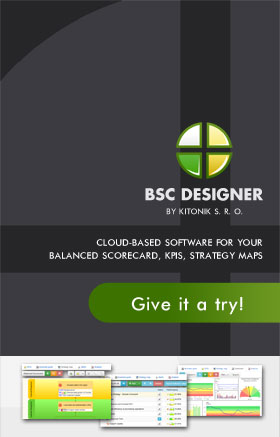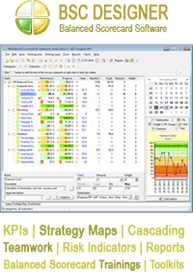Finding Quality Supply Chain KPIs
If you have your supply chain management all laid out as it should be, then this would give your company or business a huge competitive advantage. With lowered costs, enhanced efficiency, and a vast improvement of customer satisfaction due to the fact that you are able to get the goods that they order faster and in excellent condition, there is just no knowing the limits of competitive advantage here. Apart from that, there are also a lot of advancements in technologies surrounding the supply chain – the use of RFID tags, for starters – that the aspect of supply chain management in any business has just become an avenue for the creation of more and more competitive advantages. With that being said, it then becomes a must to take into serious consideration the supply chain KPIs being used to evaluate the system.
In the arena of KPIs or key performance indicators, it is actually a common mistake of companies to use a whole lot of these indicators. Of course, this is not done with the intention of making things complicated; however, this is the exact effect you can expect when you choose to use a lot of KPIs for your supply chain. Thus, you have to be extremely selective when choosing which KPIs to use and you need to go with relevance here.
The use of KPIs for your supply chain is made more effective when your managers completely understand what these KPIs are telling them. Thus, it is needed to use only the KPIs that are extremely relevant. When dealing with KPIs for your supply chain, it is actually better to go with the ones that are in ratio form. But then again, you would have to deal with the fact that with ratio combinations, there is also that loss of underlying raw data trends. For instance, when you combine delivery time with the KPI of order value, that you then give you the index of how well the order pipelines are processed and delivered to the company’s customer base. However, this particular ratio has a smoothing effect when it comes to long delivery times for the products that have low value. This, in turn, would decrease customer satisfaction, thereby leading to resulting effects on contact center KPIs, as well as customer care KPIs. There is indeed a relationship when you use these ratios and you need to determine the nature of the ratios so that you can interpret them thoroughly and take the proper courses of action.
You need to keep in mind Pareto’s Principle when you are in the process of creating your KPIs for your supply chain. The principle stipulates that roughly 80% of your benefits will actually come from just 20% of the activity going on inside your organization. Thus, it follows that only 20% of your supply chain KPIs would dictate the flow of the activities within your supply chain itself. This way more effective managerial decisions would be made and there would be clearer analysis and interpretation of data gathered by the dashboard itself.
—
If you are interested in Supply Chain KPI, check this web-site to learn more about supply chain scorecard.


